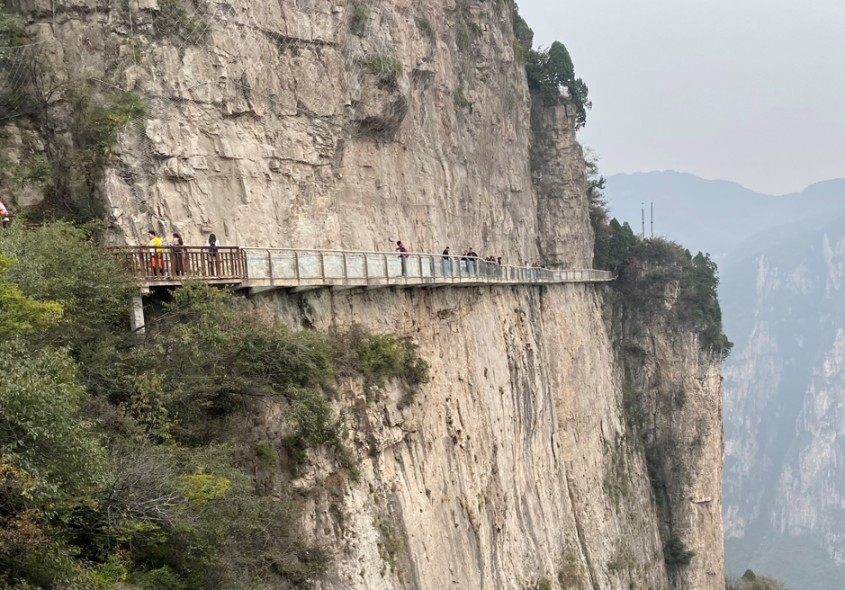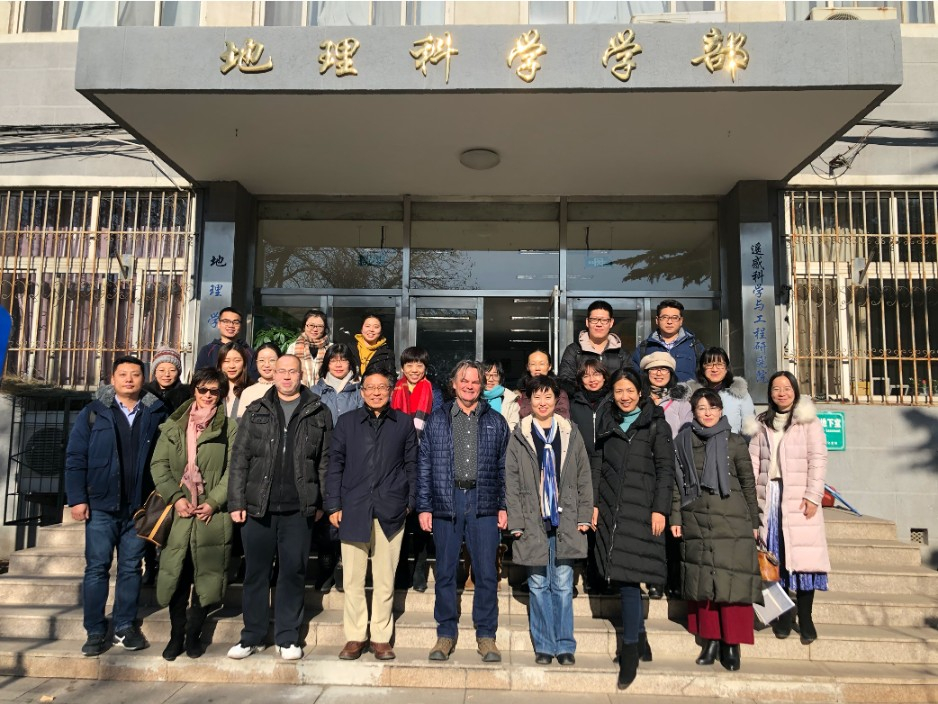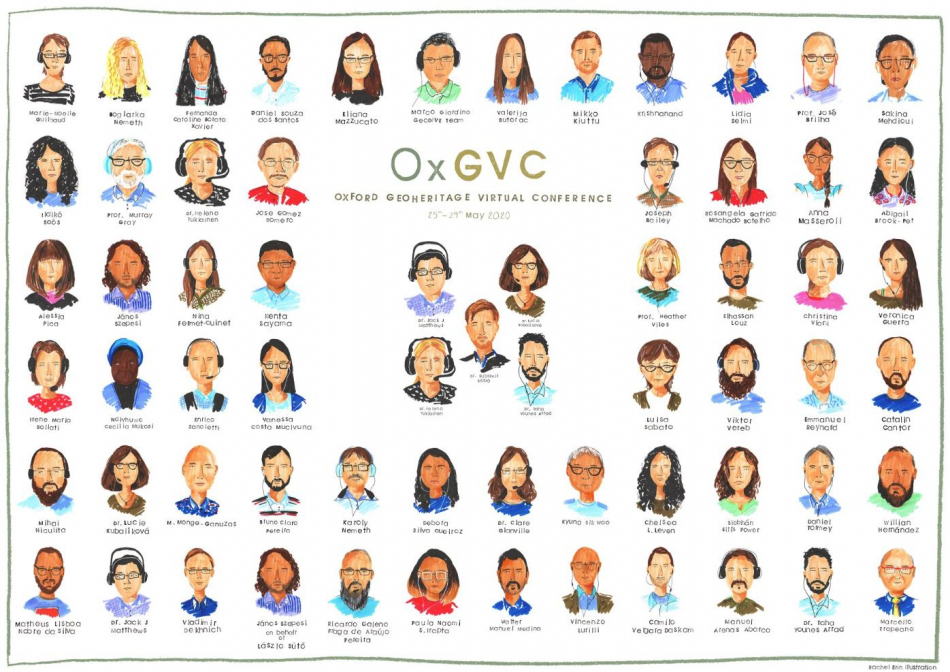The program that we are expanding in China is the National Conservation Foundation’s Envirothon. The Envirothon was founded in 1979 in Pennsylvania. Dan Tormey has volunteered for many years supporting the Envirothon in his home state of California. Envirothon is an annual environmental education program that culminates in a series annual competitions. The program has a strong outdoor component, and much of the field education and field competitions are held in areas protected for their geoheritage and biodiversity values.
This use of geoheritage as a gateway to the broader educational goals is central to the program. Teams at thousands of high schools work during the year studying geology and soils, aquatic and wildlife biology, forestry, and an annual topic, such as groundwater management or ecosystem management. Then, the competitions begin, with teams from participating American states and Canadian provinces competing at regional, national, and international levels for fun, recognition, and scholarships. Tens of thousands of students participate each year, from almost every state and province in North America. Students demonstrate the knowledge of environmental science and natural resource management that they’ve learned in the program. It’s been very successful in opening student’s eyes to stewardship of the natural environment, and, perhaps more importantly, how to take responsibility for participating in this stewardship. The tools they learn include data collection, research, and even public outreach in addressing complex environmental issues.
We have been seeking to broaden the influence of the Envirothon program, and underlying conservation goals, in China. With China’s educational curriculum reform starting in 2000, students are encouraged to have more project-based learning opportunities and field-based experiences. The group at Beijing Normal University supports hundreds of high school programs throughout China. The group helps top high schools to open project-based learning courses nationwide and has also organized the Geography Olympiad for high school students and the Environmental Maps Contest for youth in China.
They have also initiated a Geospatial Semester providing exchange opportunities with James Madison University in America. The Envirothon is a natural extension of this work because it has a strong field component that relies on areas of geoheritage significance, and because it surveys geology and soils, aquatic and wildlife biology, forestry, and the annual topic. In addition, the program provides opportunities for international collaboration between youth in the United States, Canada, and China.
On a broader scale in China, there is a major program underway to identify new national parks and UNESCO Global Geoparks and to provide enhanced opportunities to experience significant protected natural areas. There is also a related program to rationalize the existing system of protected areas within this same framework. The national parks have a primary focus on nature protection, and the geoparks have an additional aim of supporting sustainable development through tourism. For Envirothon, geoheritage value is a primary determinant of which areas are used for the field education and for the field competitions.
Therefore, geoheritage forms a geographical basis, while the Envirothon provides the gateway for students to have educational, fun, and memorable experiences that ultimately build a conservation ethic to protect significant geoheritage areas just as the country has made this a priority. This leads to the mantra for our effort:





